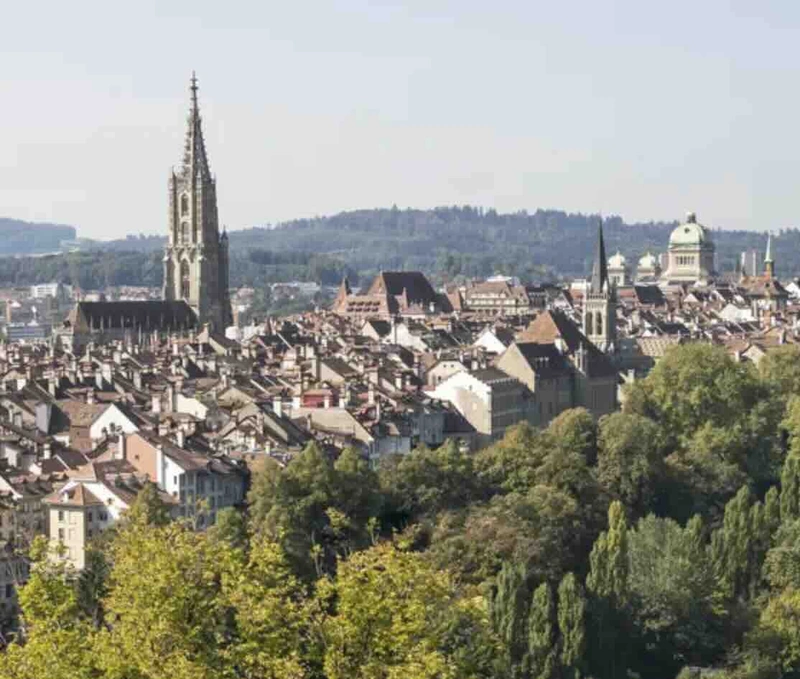Swiss Circular Economy
Circular economy in motion

What is a circular economy?
The circular economy differs from the linear production processes that are still widespread today. In a linear economic system, raw materials are extracted, and products are manufactured and sold, consumed and disposed of This leads to shortages of raw materials, emissions, large volumes of waste and the associated environmental problems.
In the circular economy, products and materials are kept in circulation (green arrows in the graphic below). This means that fewer primary raw materials are used than in the linear system. Moreover, products retain their value for longer and less waste is generated.
The circular economy is an integrated approach which considers the cycle as a whole, from raw material extraction through design, production, distribution and a maximised use phase, to recycling. A change of mindset is needed among all stakeholders if products and materials are to remain in the loop.
The aim is to use natural resources efficiently and sparingly, firstly by minimising the consumption of raw materials and energy, waste and environmental pollution, and secondly by using renewable energies and sustainable, non-toxic raw materials. The circular economy helps to reduce the consumption of raw materials and thus the dependence on imports, which in turn reduces the environmental impact at home and abroad. A main environmental impact of Swiss consumption occurs along the supply chain and abroad. Circular economy measures are an obvious instrument for reducing this.
In times of increasing uncertainty and supply bottlenecks, circular economy solutions can reduce dependence on imports. For example, by providing recovered materials for the economy through recycling or by extending the service life of products such as laptops and mobile phones.
Resource conservation is a broad term covering the conservation of natural resources: not only raw materials, but also the climate, soil, clean water, clean air and biodiversity. Raw materials include minerals, fossil raw materials and metals as well as products from forestry and agriculture. The use of raw materials goes hand-in-hand with environmental pollution and the consumption of other natural resources. Resource conservation means using natural resources without destabilising them. The term ‘resource efficiency’ should thus be understood more broadly than material or energy efficiency.
#CIRUCLARECONOMY#ECONOMY #CIRCULAR #SWISSECONOMICS #SWITZERLAND
Keeping products in the loop
The useful life and life cycle of products is increased by sharing, reusing, repairing and refurbishing them. Viewed across the entire product lifespan, this not only protects the environment, but also saves consumers money in most cases. The long product use phase opens up new business opportunities for the Swiss economy, with its focus on innovation and quality. For instance, companies can offer repair services and products can be leased instead of sold.
Only when a product can no longer be used is it sent for recycling so that the materials can be reused. From an environmental perspective, it is better in nearly all cases to continue using products for as long as possible, since even recycling uses energy, water or chemicals, and therefore has an impact on the environment.